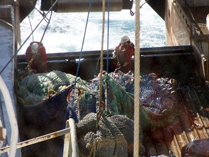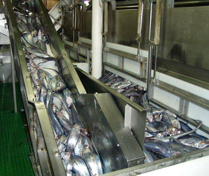
Kingklip

Market Name: Eating QualitiesKingklip’s flesh is moist, white and firm with a mild taste comparable to halibut.
The skin of Kingklip can be tanned to make leather belts and boots. Kingklip are long-lived fish, reaching up to 30 years of age.
|
Description & CharacteristicsKingklip is caught in the clear waters of the New Zealand Economic Fishing Zone and frozen within hours of being brought from the water using the most modern processes to ensure the best quality available. Kingklip are demersal and are caught by longlining and trawling on a year round basis. New Zealand’s Kingklip fishery is managed by utilizing strict quotas, which allow only a set amount to be taken commercially each year. Kingklip are members of the cusk eel family and live throughout New Zealand’s 200 mile Exclusive Economic Zone (EEZ). They feed primarily on small fish and crustaceans. They can grow to 40 inches long, weigh up to 24 pounds, and live up to 30 years of age.
The majority of Kingklip landed is sold to the U.S. and Europe as boneless fillets and to Asia as whole gutted. The commercial fishery is about 1/8th the size of the New Zealand Hoki fishery. The fish is quickly gaining popularity due to its halibut-like eating qualities.
Other Resources |
Handling Instructions for Kingklip
Frozen kingklip fillets should be stored at or below 0°F (-18°C) and then thawed properly when ready to cook. The frozen shelf life of our hoki is 24 months. Links to proper seafood handling instructions: NOAA - Fish Watch: Handling Seafood and A Consumer Guide to Safe Seafood Handling.
Thawing Kingklip
Thawing is accomplished by placing the fillets in a sealed plastic container or bag and placing in the refrigerator (33 to 39°F) for 12-24 hours. This is our recommended thawing method for fillets. Fillets that are not consumed promptly after thawing need to be refrigerated between 33 and 39°F and totally consumed in 2-3 days.
Important Instructions for Kingklip
Cooking the fillets immediately after proper thawing yields the best quality.
The Federal Food, Drug and Cosmetic Act now requires that all foods that are not raw agricultural commodities and that contain a major food allergen be labeled to clearly identify the name of the food source form which the allergen is derived. (21 CFR U.S.C. 343(w)(1)). The act defines eight foods, and any ingredients derived from these foods as major food allergens: Fish, Crustacean Shellfish, Milk, Eggs, Tree Nuts, Peanuts, Wheat & Soybeans. The name of the food source that must be listed on the label for fish or crustacean shellfish must be the specific type of fish or crustacean shellfish. The market names of species of fish and crustacean shellfish should be used to identify the food source of these two major food allergens. If you intend to re-pack these seafood products, be sure the allergen is declared in either one of two ways:
1) Within the list of ingredients
or
2) In a separate “Contains” statement immediately after or adjacent to the list of ingredients.
Consult the Fish and Fishery Products Hazards and Controls Guidance, Fourth Edition, Chapter 19 for more detailed information on the labeling of food allergens.
Cooking Tips
Hoki fillets can be prepared using a wide variety of cooking techniques. Links to hoki fillet cooking tips and recipes.
New Zealand
Long associated with lamb and wool production, high rugged mountains, and spectacular scenery, New Zealand is also a major seafood exporting country. While New Zealand produces only one percent of the world’s seafood, seafood is the country’s fifth largest export—destined for markets all over the world where the country’s excellent fisheries management has earned the “New Zealand” brand high marks for environmental sustainability and high quality.
The leading seafood products exported from New Zealand include Hoki, Squid, Greenshell™ Mussels, Rock Lobster, Orange Roughy, and Abalone. Key export markets for New Zealand are Japan, the USA, Europe, Hong Kong, Australia and Asia.
Please check out Talley's Deep Sea Divison.
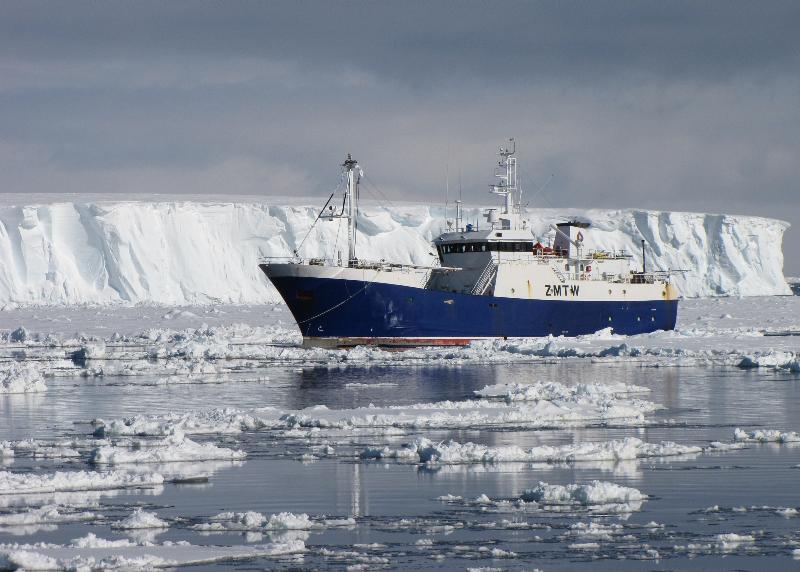
|
|
Go Blue! Seafood Sustainability Spectrum*Click here for an explanation of our Sustainability Spectrum .jpg)
Sustainability Assessment
Sea Port currently sources the majority of its Kingklip from New Zealand, which is currently certified sustainable by the Marine Stewardship Council. Kingklip stocks managed by the New Zealand Quota Management System to ensure the long-term sustainability of this valuable fishery. 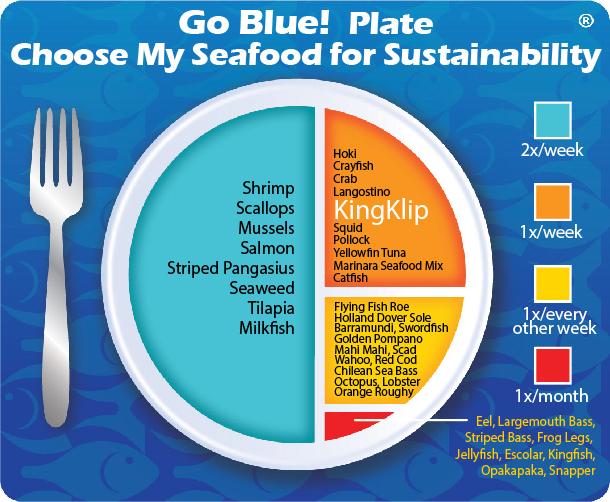
Environmental Impact: ModerateThe New Zealand Kingklip fishery is well managed and stock assessments take place regularly. However, the long ling portion of the fishery can result in seabird deaths due to the birds hooking themselves when attempting to eat baited hooks as they are being lowered into the water. The trawl sector of this fishery can also entangle seabirds and marine mammals and threatened or endangered in their nets. Bottom trawling also damages benthic habitats.
Sustainability Improvements NeededFurther improvements are needed to reduce the negative interaction of Kingklip longlining and trawling with seabirds and protected species. While there are existing requirements in place such as devices to scare or prevent these negative interactions, additional techniques are being proposed and developed. Thirty-five percent of New Zealand’s EEZ is currently protected from fishing impacts but more needs to be done to protect and restore the benthic habitats that have be continuously bottom trawled for over 30 years. This is a major challenge going forward that will hopefully be solved by deploying new fishing gear technologies.
Actions that Sea Port is UndertakingSea Port believes that the New Zealand Kingklip fishery is sustainable due to the implementation of New Zealand’s Quota Management System. Sea Port also believes that, in aggregate, choosing from a diverse variety of seafood is better for sustaining the world’s seafood resources and New Zealand Kingklip should definitely be a part of this variety. We created the sustainability assessments for each of our seafood items in order to reveal the existing and potential environmental impacts and risks that are associated with producing them for human consumption. This allowed us to establish the starting position for each of our seafood items along our progressive Go Blue! Seafood Sustainability Spectrum®. These assessments are only a single snapshot in time and because of this, we will continue to assess and update the critical sustainability needs associated with our supply sources and issue updates to the Go Blue! Seafood Sustainability Spectrum® as needed. There is a growing global awareness for the need to assure the sustainability of farmed and wild caught seafood and because of this; all around the world positive changes are rapidly occurring at all levels of the seafood supply chain. We will continue to spread this growing awareness and work with our many industry partners to improve the sustainability of all seafood, which we believe is the ideal protein of choice to feed an ever growing world population. Our Go Blue! Seafood Sustainability Spectrum® serves as our compass and yardstick as we strive to move all our products forward to becoming more sustainable. Please join us in this committed quest and Catch Our Wave® to sustainability by choosing a diverse variety of responsibly produced seafood as part of your diet.
|


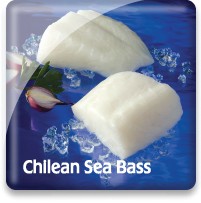
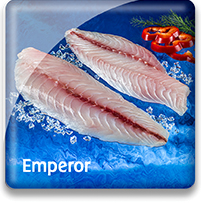
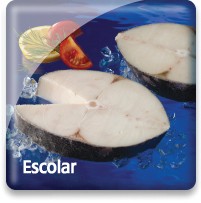


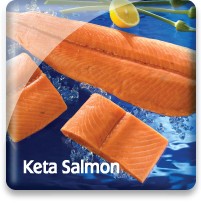
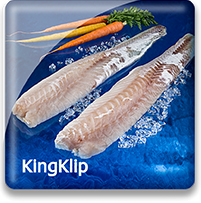

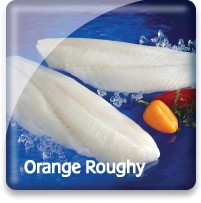


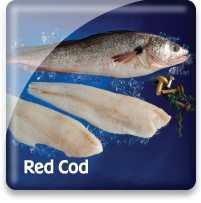
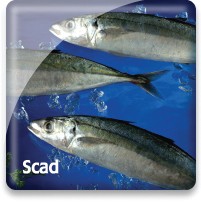
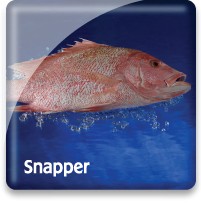
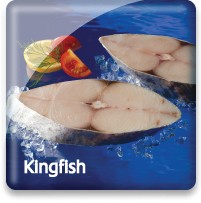






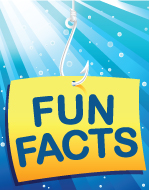
.jpg)
